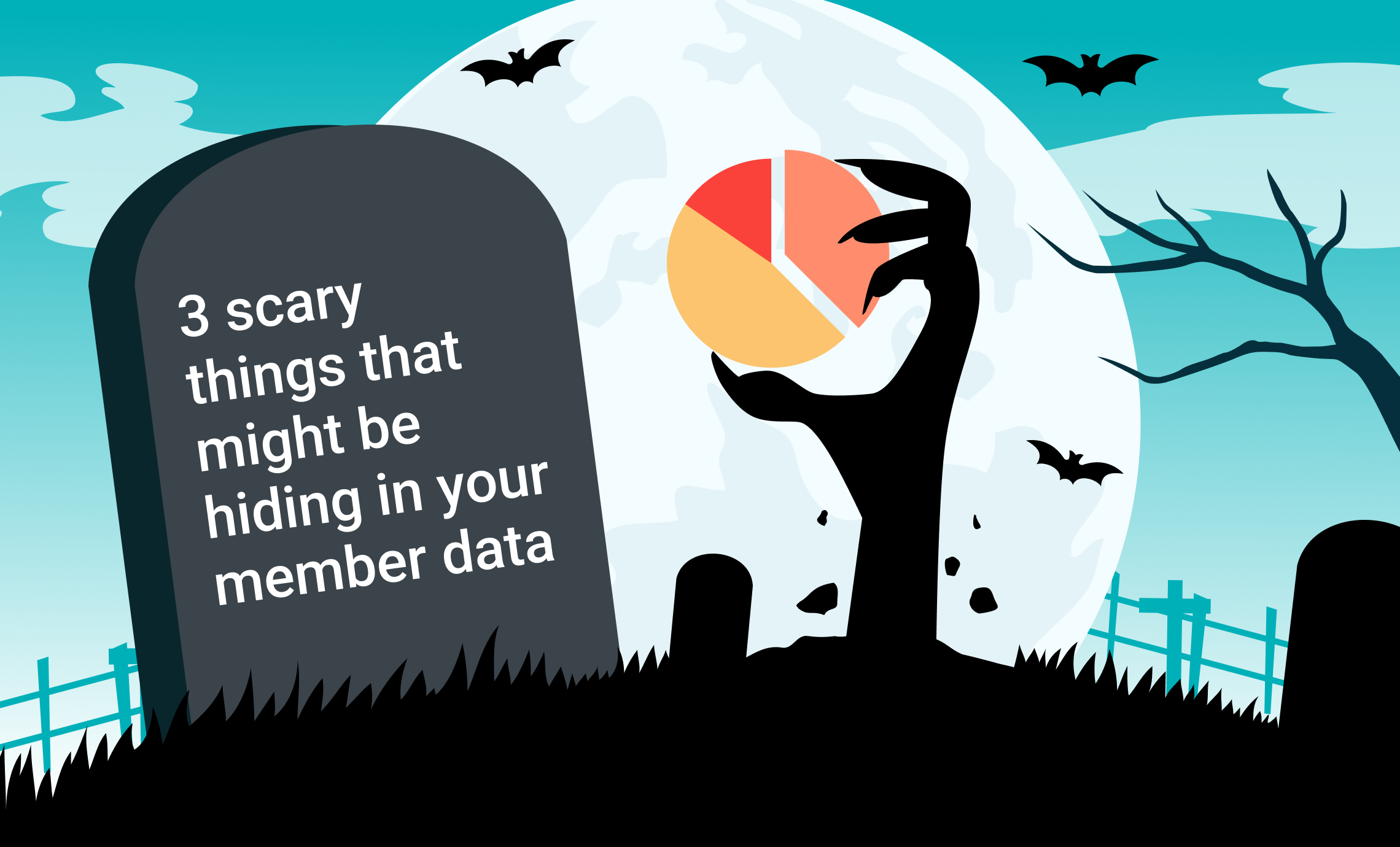Back in February, my spouse and I closed on our first house. For both of us, it was the first time we have ever owned a home—even more so, it’s the first time either one of us has gone through the home-buying process. There were so many things to consider: timing had to be handled in an exacting manner, many unknown costs were thrown our way, and on top of that, we had to deal with something neither of us foresaw—each other.
After the process, I couldn’t help but think about how similar it must be for an organization to go through the evaluation and purchasing process of a new association management system. From pricing decisions to optional modules to hosting questions to feelings, anything and everything you might consider in choosing new software has to be dealt with. Whether or not your team knows how to buy AMS software, every move carries new expectations and new rules. And, on top of that, you have to get your colleagues to arrive at the same choice, and probably get your board to agree with your decision, too.
Deciding it was time to move on from renting
For us, the decision to become home buyers was a pretty easy one. We lived in an apartment building that was owned by an investor looking to make a big profit on changing an old department store into valuable living spaces. However, because of zoning and building classifications, he was required to rent the units for a specified period of time before he was allowed to sell them. Last November, we were alerted that he was putting all our units on the market, and, if sold, our lease would be terminated and we’d have 60 days to move. Rather than wait for a notice to leave so someone we didn’t know could make tons of money, we decided to be pro-active and find a house.
We were feeling it was time to start building equity anyway, however sometimes it takes that unforeseen push to venture into scary, unknown worlds. Perhaps you are on a system that you like but they’ve been purchased by a private equity firm and, in an effort to make a profit, team members you knew or responsive support staff have completely changed. Maybe you have a system you like but an upgrade to the latest functionality is going to cost as much as a new system. Maybe you can’t stand your current system and you’re scared to change, but a new business rule isn’t supported by your current system. Whatever pushes you over the edge, I understand—that first step is scary.
Looking for a new home
When we decided to start looking, my spouse asked me what type of house style I wanted, the color, the neighborhood, the price, the interior style…and that’s when we hit our first stumbling block. My spouse knew the answer to every one of those questions, but I didn’t! I’m a person who deals more in feelings. Yes, we had a budget, but what if the perfect house was a little beyond our budget, I’d rather make it work. What if I specified a colonial but a craftsman home was in a family-oriented neighborhood, in a great school district, with a Starbucks within walking distance. While my spouse told our real estate agent specificities, I told our agent that I wanted to look at a number of houses and give my feedback so he could understand the type of feeling I was looking for.
After that encounter, I couldn’t believe how well that translated to selecting a new online membership system. While the CEO and CFO might have specific functionality and numbers, the person in the membership department might want to try the different systems and get to know the teams they’ll be working with for a long time. Perhaps the membership manager is willing to switch business processes if a new system feels right but doesn’t have all the necessary functionality. When you are approaching change, and especially a big change like this one, realize that everyone’s decision-making process is extremely different.
I found my house, what do you mean the price isn’t what the price is?
Once we settled on a home and our offer was accepted, we came to find out we were far from done. What’s this house inspection stuff? We have to pay a plumber to inspect the pipes? We have to pay someone to appraise our house? Hold on, the APR you quoted me and the effective APR are different, so why didn’t you quote me the effective APR? Why does the current owner want us to fix the broken roof? And, not to mention, I have to take time off from work to move my stuff with the help of some movers, I have to pay to fix painting issues and roof leaks…why isn’t this stuff easier? Well, the funny thing is, to our agent, our mortgage broker, our closing agent, and the entire inspection staff, this was all the normal process of home buying. Had I done my research online, I would have seen all these issues coming.
This is something I pledge to improve when I’m working with prospective clients: if I tell you what’s coming and what to expect, the process might be easier. But as you’re choosing a new system, your current provider might not want to help you move your data out, your website designer will want to be paid to incorporate the new functionality into their designs, there will be startup costs and access fees prior to turning the system on, and yes, the new system will require some work to get up and running. Now, it comes as no surprise when you step back and think about it, but without some guidance or preparation, it can all be rather shocking in the middle of a decision like this.
I wanted to pull my hair out, but then we closed, and all is, well, fine!
Right up until the moment we signed the papers to close, we negotiated issues with the sellers, the seller’s agent was unreasonable about providing our closing agent with needs, we had to schedule the roofers to work, we had to get all the utilities moved, the list seemed endless. But once that move-in weekend was done, it was pretty nice to lie down on the couch and watch some UCONN basketball. All of a sudden, even though problems remained, I was happy. We were happy. We were homeowners in a place we could call our own, and Bentley (our Corgi) loves having a back yard.
This is how I imagine implementation and go-live. While it’s a controlled and structured process, to you going through it, it might seem like a mad crazy dash toward some unrealistic go-live date. You can’t imagine working in the new system by then! But all of a sudden, go-live weekend comes around, the new system is turned on, and all that hard work you put into the implementation is realized when you log into your new system. And then, on Monday, you’re in your work chair, doing what you did before, but pleased it’s in a new place that’s yours.
If I had to do it again…
I think my spouse and I would approach it differently as we learned a lot about one another. I’m in no rush to do this again anytime soon—I like my new place and I’m continually finding new things about the house that makes me love it more. But if there is a next time around, we’ll know how to deal with difficult decisions, and we’ll know how each other looks at these decisions. Since we will have been through it before, we won’t be as surprised at all the necessary steps or unexpected fees the next time around. Had I known all this before even starting this process, it could’ve been easier.
When deciding to choose a new system, take time to realize that it’s a big change! Everyone approaches change differently, and know that that’s ok. When you’re dealing with the various new systems, ask your contact what to expect, or if their company has anything written about the steps to buy and turn on a new AMS. Ask your colleagues at other organizations about their process, and what they’d do if they did it again. And finally, trust that when it’s all said and done, no matter how crazy everything might be up until the last second, you’ll enjoy your investment into the new system.
To learn more about what to expect when shopping for a new system, including what goes into AMS costs, join me next Tuesday for a live webinar: How Much Does an AMS Really Cost?


